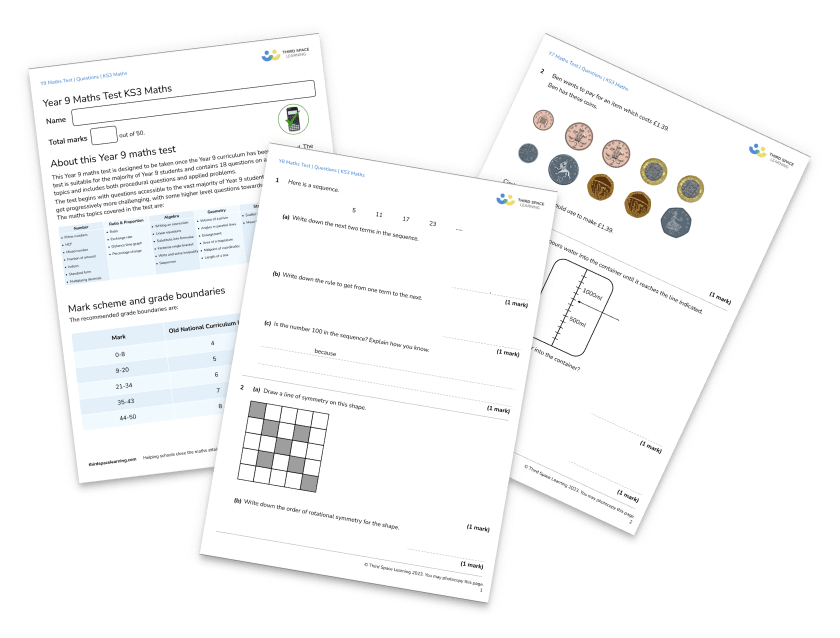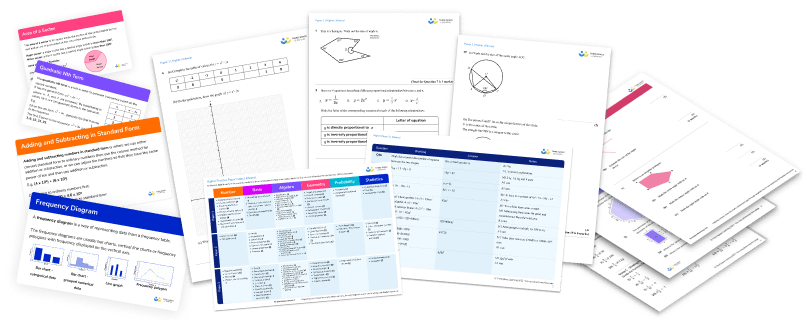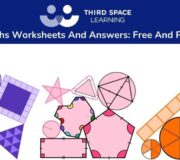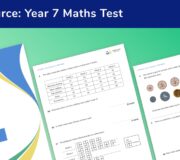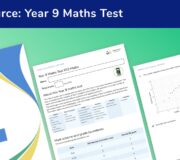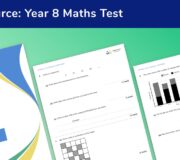Year 7 Maths: How To Help In The Transition To Secondary School
Year 7 maths is likely not the only new thing your 11 or 12 year old is dealing with right now. Year 7 is a massive change altogether for children; they’re starting new schools, making new friends, and having to learn a huge amount very quickly.
As well as new subjects, children are introduced to harder, more complex topics in the subjects they’re used to – English, science, and maths.
It can be very difficult for children to keep up with all this new information and they might struggle, especially in KS3 maths, which includes many new and complicated topics.
That’s why we’ve put together this ; below are some of the ways you can help your child with Year 7 maths at home, to make their secondary school start easier!
Year 7 Maths Curriculum At-A-Glance: What Your Child Will Learn
- Algebra – basic notation, sequences to the nth term, solving linear equations
- Place Value – Place value for decimals, fractions and negative numbers, rounding, mean in maths, median and range
- Fraction, Decimal and Percentage Equivalence – understanding the relationship between different number systems, interpreting pie charts
- Directed number – inverse operations, square numbers and square roots, simplifying algebraic equations
- Geometry and measurement – analysing 2D and 3D shapes, scale drawing shapes and angles (quadrilaterals, right angles etc.), Pythagoras theorem
- Number sense – sequences using decimals, fractions, powers and roots, BODMAS
- Probability – using frequency tables, grids and Venn diagrams
- Prime numbers and proof – prime numbers, highest common factors, lowest common multiples, powers of 2, 3, 4 and 5, proofs of equations
Starting Key Stage 3 Maths
During the first weeks of year 7 your child will be learning mostly about how the new school works – routines, where to go, what to bring, what you should and shouldn’t do. Whilst this is happening, their teachers are building relationships with them and learning about their prior knowledge, confidence and attitudes to subjects.
This is a chance for your child to make a positive impression, so the best support to provide at this time is organisational and motivational: encourage them to turn up to lessons on time, with the right equipment, and a determination to impress the teacher.
Ensure your child has the right equipment
Check your school website, or letters from the school, for the equipment list. One item specific to KS3 maths is a scientific calculator; use the model that your school recommends, and make sure to put your child’s name on it.
Encourage your child to check they have this equipment in the morning before they go. You can make a list for them to check, give them praise and rewards when they remember: whatever works best for you and your child.
Year 7 Maths Test
Download this Year 7 maths test designed to be used at the end of the year to assess your pupils’ understanding. Includes student-friendly mark scheme and grade boundaries!
Download Free Now!Help your child develop a positive relationship with maths
One of the key things that goes unnoticed in transition from primary to secondary, is that as a result of the Key Stage 3 National Curriculum’s breadth, maths ends up with less class time than in previous years.
This makes the children’s relationship with the subject take on a greater significance as they become more independent. If your child can build a positive relationship with the subject, where mistakes are taken as normal parts of the learning experience, and failure is seen as the prompt to ask more directed questions like “This would be a lot more straightforward if I knew what corresponding angles were.” Then you’re on to a winner.
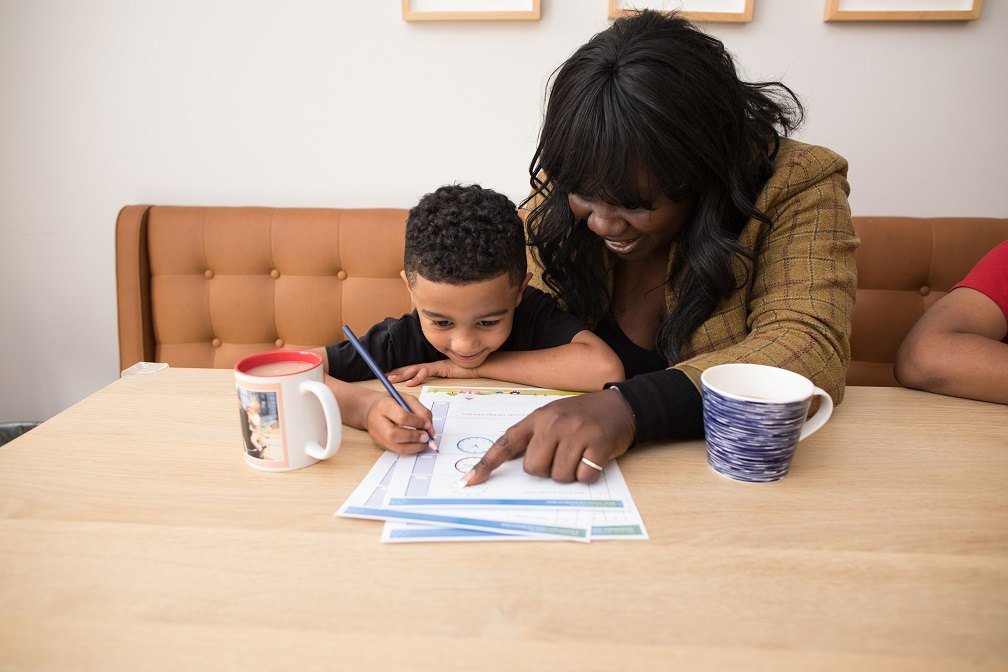
When your child is in Year 7, one of your key roles will be helping them build this positive relationship.
Looking for additional support and resources at KS3?
You are welcome to download any of the secondary maths resources from Third Space Learning’s resource library for free. There is a section devoted to GCSE maths revision with plenty of maths worksheets and GCSE maths questions. There are also maths tests for KS3, including a Year 7 maths test, a Year 8 maths test and a Year 9 maths test.
Year 7 Maths At Home: Helping With Homework
At around this age it’s normal for a child to ‘push back’ against teachers and parents; homework in particular can be a big cause of arguments. This can have an impact on your efforts to support school work. There are a few ways to address this:
What you should do
- Praise the effort and attempt rather than the result. Don’t worry too much if the work is right or wrong; children can get even more anxious about maths if they think their parent is worried about this.
- If the push-back is about doing homework, support your child by creating a time and space for homework to be done. If their school has a consequences system for homework not being done, support the school’s decisions.
- Supervise homework. Read it through with them, have a pencil and paper available. Encourage them to try it for themselves first, then help when needed.
- Ask them to explain the method they have practiced in school.
What you should NOT do
- Tell them it’s easy.
- Do it for them.
- Tell them it’s a waste of time.
- Tell them its boring.
- Tell them its too hard.
- Tell them to get on with it without helping.
- Assume that the method they are using is wrong if it’s not your preferred method.
- Ridicule their efforts.
These may seem obvious, but as a parent trying to help its so easy to get frustrated and say the wrong thing sometimes – I’ve done it myself.
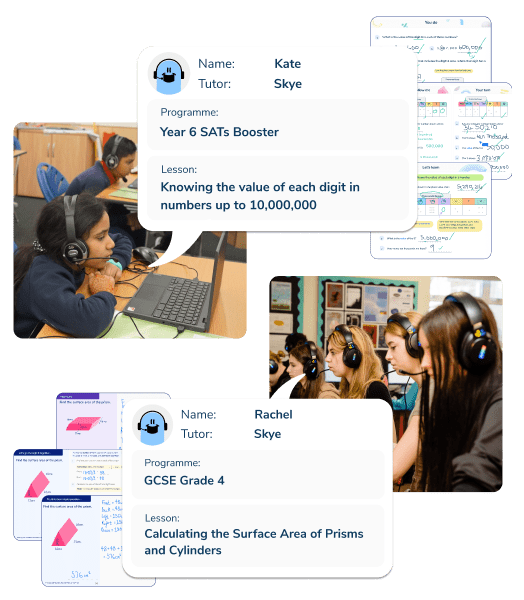
Meet Skye, the voice-based AI tutor making maths success possible for every student.
Built by teachers and maths experts, Skye uses the same pedagogy, curriculum and lesson structure as our traditional tutoring.
But, with more flexibility and a lower cost, schools can scale online maths tutoring to support every student who needs it.
Watch Skye in actionLanguage and Terminology
Without the specific terminology of a subject, there is no subject. There are lots of new terms to learn in Year 7, as well as building on the vocabulary learned in Key Stage Two.
For children to be ready to learn algebraic concepts, it is a lot easier if they can freely use and understand terms such as: factor, multiple, numerator, denominator, percent(age), indices, brackets, addition, multiplication, subtraction, division, prime etc.
E.g. explaining how to simplify fractions.
With the right terminology:
To simplify a fraction, divide both the numerator and denominator by their highest common factor.
Without the terminology:
To simplify a fraction, find the biggest number that goes into the top number and the bottom number of the fraction, and then find out how many of that number goes into each of them.
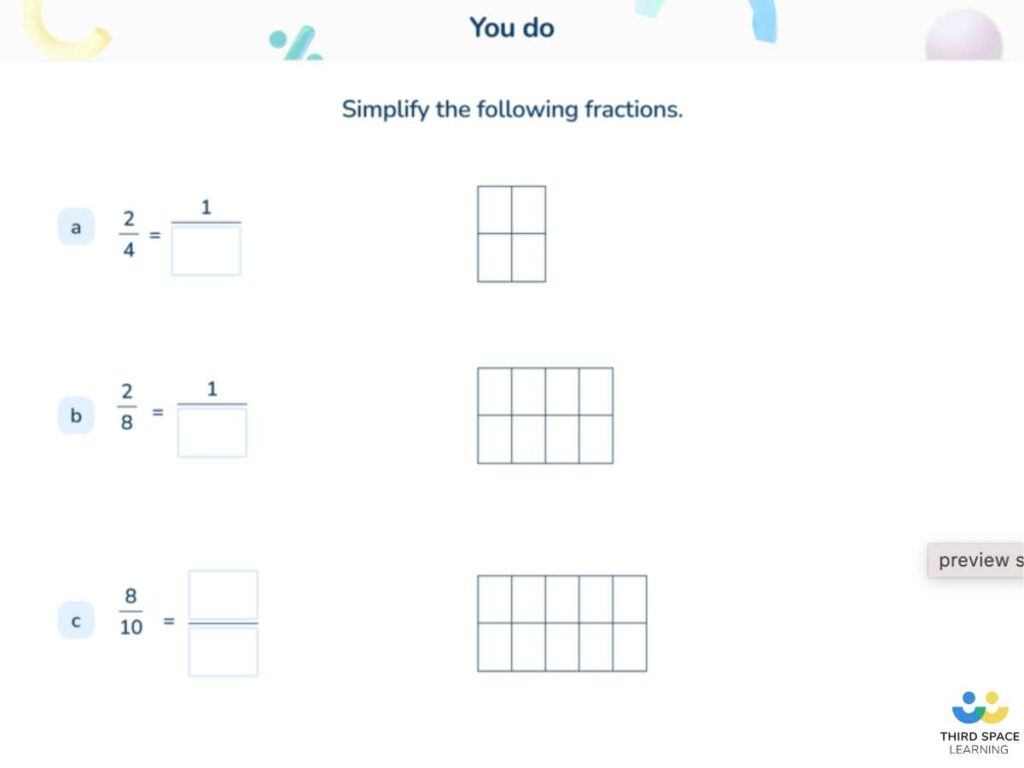
If a child is confident in the terms, the idea of simplifying a fraction is much easier to explain! I’m not suggesting parents attempt to teach the terminology themselves – teachers will do this, and you can use a maths dictionary to support with it at home.
Year 7 Maths: How It’s Different To Primary Maths
Each school will structure its Year 7 curriculum according to its context, so its not possible to say what exactly will be specific to Year 7, 8 or 9 from the Key Stage 3 curriculum. This is the Key Stage 3 programme of study from the National Curriculum.
See also: Year 8 Maths, Year 9 Maths
There are a number of new concepts and ideas that will be introduced e.g. probability, standard form, interpreting and using calculators, rates of change and compound units, angles on parallel lines.
However, connected to all these topics and developing the knowledge children already have about number, calculation and place value is the study of algebra (which is very briefly studied at Key Stage 2).
A good grasp of algebra gives pupils a language to describe what they already know specifically for number, calculation and place value in a more general way.
In school, pupils should be taught to:
Use and interpret algebraic notation, including:
- ab in place of a × b
- 3y in place of y + y + y and 3 × y
- a² in place of a × a, a³ in place of a × a × a; a²b in place of a × a × b
- a/b in place of a ÷ b
- coefficients written as fractions rather than as decimals
- brackets
Bar Models
Bar models can be useful in a number of areas of maths, but they’re most useful for helping children make the link between numbers as concepts and their real world applications. Many maths teachers use a concrete – pictorial – abstract (CPA) approach to teaching concepts.
E.g. Bar model for addition and subtraction (used in year 5 & year 6):
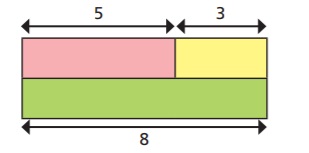
5 + 3 = 8
3 + 5 = 8
8 – 3 = 5
8 – 5 = 3
This becomes algebraic in year 7:
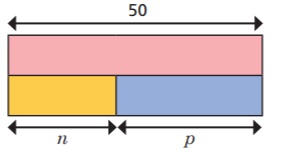
n + p = 50
p + n = 50
50 – p = n
50 – n = p
These form the foundations for re-arranging equations in algebra, which links to other areas of the curriculum e.g. Formulae in science.
Principles For Supporting Your Child With Year 7 Maths At Home
Not all the maths we learned at school is easily remembered by the time we are parents of a 12 year old. Having a good set of principles for supporting your child – especially when you can’t remember how to do the maths yourself – is essential.
1. ‘Normalise’ maths for your child
The maths adults use and take for granted everyday is invisible to us because this is the maths that we can do without thinking particularly hard; it might not even seem like maths!
But children don’t have that context – to them maths can often seem like a series of calculations without any link to the ‘real’ world.
Giving maths context – normalising it – is quite easy. You can do it by involving your children in activities such as cooking, shopping, budgeting for holidays, estimation, distance and speed when travelling, measuring for furniture.
For example, if you are cooking fishcakes and chips in the oven, and the fishcakes take 18 minutes but the chips take 12 minutes, you set a timer for 6 minutes automatically.
Before you do this, explain what you’re doing to your child, and solve the ‘problem’ together. Better still, ask them to explain what the problem is! Dinner will take slightly longer to prepare, but there are many benefits to your child.
2. Practice, Practice, Practice!
Confidence in maths comes with regular spaced practice and retrieval – there lots of ways to do this: Learningscientists.org is a website designed by cognitive scientists that aims to explain the most effective study strategies. Have a look at this with your child and pick out the best strategies for your child to use.
Also, I can’t over emphasise the importance of becoming confident with times tables and addition/subtraction facts enough. Children at this age aren’t necessarily confident in these yet, so continue to support your child in this endeavour. I favour a targeted approach at this age:
Pick 3 facts for the week that your child can’t respond to immediately.
E.g. 6 x 7 = 42 8 x 4 = 32 7 x 9 = 63 Write the calculation on one side of a post it note, and the answer on the other side. Over the next week, every morning at breakfast, an adult asks the child a related question, “What’s 6 x 7?” or “What’s 42 ÷ 6?”
The child tries to remember, and answers as quickly as they can. They know this is only one of three questions to be answered, so the options are limited. Ask again when they get in from school, and again later in the day.
After a week of this, change one or two of the facts (Depending upon success). In order for this to be ‘everyday information’ for your child, they need to retrieve it from memory every day. (Like the name of a pet, or their favourite TV character)
Read more
3. Doing a review of the day
You can show your child how much you value their education by asking them about what they have been doing, and taking the time to be interested. Get them to explain and re-draw /re-do problems, or to challenge you to do them.
If you can’t do them, ask them to explain it to you. Most likely, your child will start by talking about their relationships with peers: the ‘episodic memories’ that spring to mind most easily.
Listen to this and then press further, asking about what the class were supposed to be learning when X happened, or Y said Z (which was really funny). This will help your child retrieve the memory of what they were learning, and strengthen it.
Remember: don’t ignore the ‘off-topic’ stuff that is important to your child – listen to it, and with a little patience it will lead to what they learnt that day.
4. ‘Test a sibling’ activities
In the busy life of a parent, there are so many things to do that testing your child on times tables, or vocabulary – even in a ‘fun’ format like a game – can take more time than you have.
But if you have more than one child, encourage them to ‘test your sister’, or ‘test your brother’. Start by being part of the activity directly, and then gradually get less and less involved until your children are working with each other. Regular practice like this can even help children get a more positive attitude to school and learning!
5. Growth Mindset
Nothing says ‘Maths is not important’ more than a parent who says “I wasn’t any good at maths at school”: even if you’re trying to be encouraging, most children will hear this and think it means they shouldn’t bother trying.
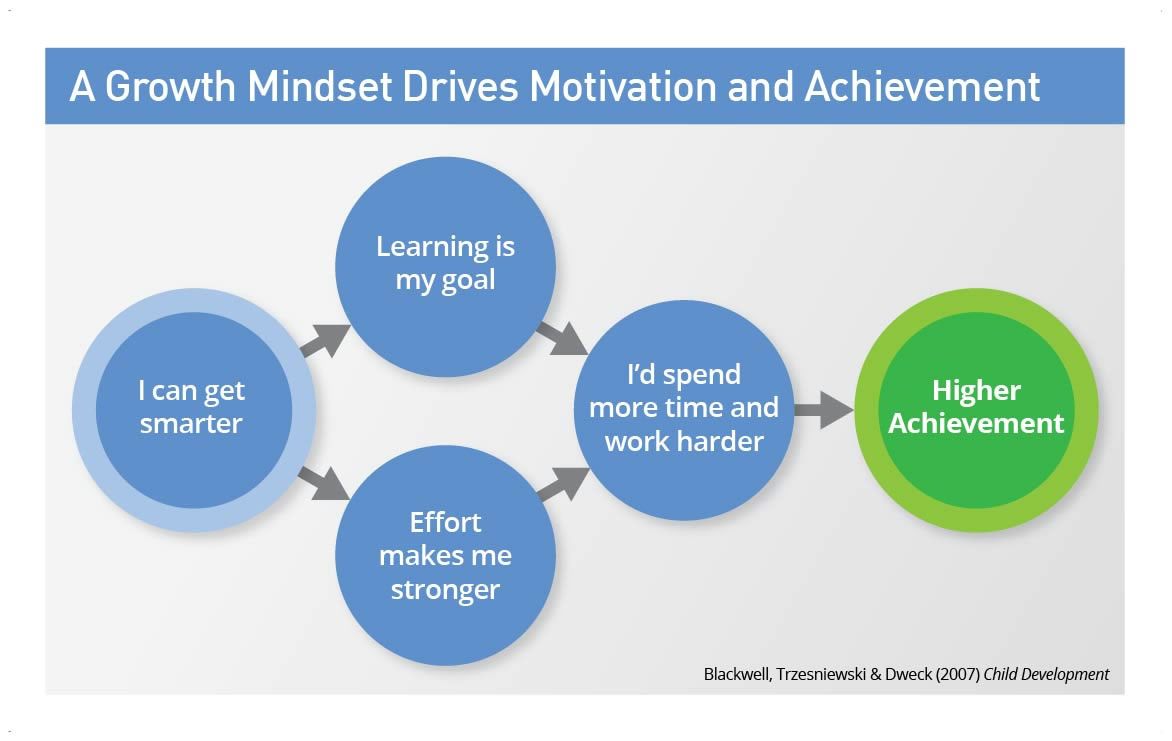
It’s better to suggest that this was something you were taught and forgot, and that you’re glad the child is here to explain it to you again. The important thing is to reinforce that all maths can be learned given enough time and resilience.
6. Emergency measures
Sometimes, despite our best efforts, we find ourselves in this situation:
12 year old: “I don’t get it – I hate maths! This homework is pointless.”
If you are finding it too hard to support your child remember: you are not alone – speak to the school.
You can approach your child’s teachers, or Head of Year, with the problem, and find a solution together.
Year 7 Maths: Support For Specific Topics
As I mentioned earlier, not all the maths we learned at school is easily retrieved by the time we are parents of a 12 year old. I’m often asked by parents how they can support with topics that they don’t understand, or in a way that won’t conflict with what is being taught ‘these days’.
1. General advice for all topics:
My answer to this is surprisingly simple – use the online sources, but choose wisely.
Third Space Learning has an ever growing GCSE maths library suitable for teachers, students and their parents, with free downloadable worksheets.
Online lessons cover all main KS3 and KS4 maths topics from Number to Statistics, with all lessons including explainers, worksheets, how to guide, examples and common misconceptions as well as practice questions to do online and sample GCSE questions. The aim has been to make them as easy to find your way around and to use as possible.

Take a look at some of these Algebra examples to try them out:
Corbett Maths is another outstanding free website produced by the hard work and endeavours of a current maths teacher. It is arranged by topic, with a short video tutorial for every topic in KS3 and KS4 maths (and a number of primary topics too).
Each video has downloadable practice exam questions of the same type (with answers) and textbook exercises (with answers) too. If you are both stuck, and have a positive determined attitude (and time) this website is brilliant.
2. Advice for ratio and proportion, shape, space and measures:
This is a great topic to explain by getting your child to help prepare food. Pick a recipe you both want to try. If the recipe is for 6 people change the amounts proportionally for 10 (or however many you require).
This is best done by dividing all amounts by 6 to get a recipe for 1 person, then multiplying by the required number of people (10 in this case).
Measure the amounts out together – this may include the challenges of recipes which are in imperial units being converted to metric, depending on the recipe and utensils available. A simple Google search will convert for you, or you can use a calculator first and google to check.
If you are making cookies, then finding the most efficient way to cut as many as possible from a rectangle of dough is another neat mathematical challenge.
3. Advice for teaching time
Get a bus or train timetable and plan a trip together. Put your child in charge of working out which train you need to get to reach your destination in time for a specific event. Work out what time you need to leave to get the train home.
Doing this over a website is great, but doing it manually using paper is better preparation for exams, because the context is more similar. On the trip itself, occasionally ask, “How long until the next train?” or similar questions to keep your child remembering what they have learnt.
4. Other general topic examples
The best place to get information and help that will specifically support your child is from their school. They may well have specific examples, and provide curriculum maps to let you know what has been covered so far, and what is coming up next.
This means you can use the links above for Corbett Maths, The Learning Scientists, or links provided by the school to review what has been taught or prepare for what is to come.
Hopefully this has given you some more ideas of how to help your child with Year 7 maths at home. Good luck – remember: you, your child and the school are in this together!
DO YOU HAVE STUDENTS WHO NEED MORE SUPPORT IN MATHS?
Skye – our AI maths tutor built by teachers – gives students personalised one-to-one lessons that address learning gaps and build confidence.
Since 2013 we’ve taught over 2 million hours of maths lessons to more than 170,000 students to help them become fluent, able mathematicians.
Explore our AI maths tutoring or find out about maths tuition for your school.
